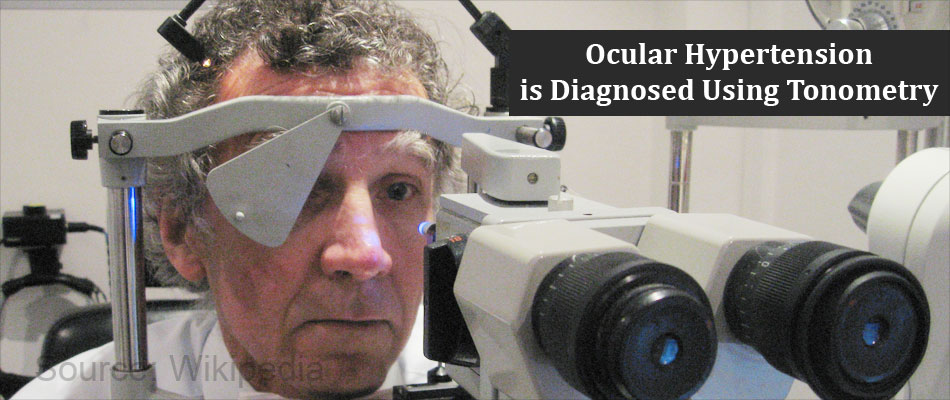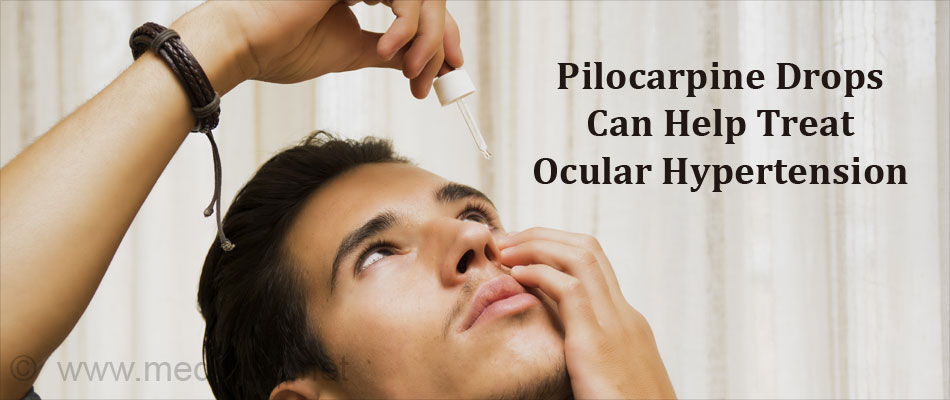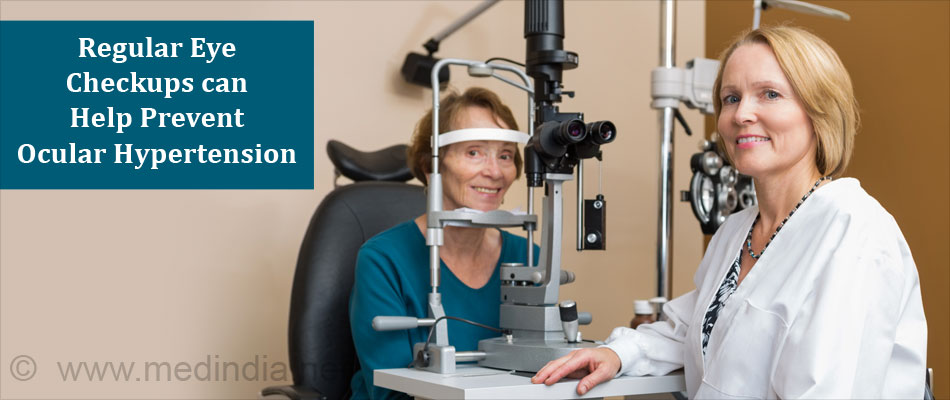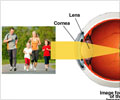- Kass, M.A., et al., The Ocular Hypertension Treatment Study: a randomized trial determines that topical ocular hypotensive medication delays or prevents the onset of primary open-angle glaucoma. Arch Ophthalmol, 2002. 120(6): p. 701-13; discussion 829-30.
- Russo, A., Riva, I., Pizzolante, T., Noto, F., & Quaranta, L. (2008). Latanoprost ophthalmic solution in the treatment of open angle glaucoma or raised intraocular pressure: a review. Clinical Ophthalmology (Auckland, N.Z.), 2(4), 897–905.
What is Ocular Hypertension?
Ocular hypertension is a condition characterized by an increase in the intraocular pressure (pressure in the eye). The pressure in the eyes is normally between 12-22mm Hg. Glaucoma is an eye disease where the intraocular pressure is high along with optic nerve involvement and is associated with loss of normal field of vision.
Ocular hypertension is similar to glaucoma but the optic nerve remains normal and there is no vision loss. Persons with ocular hypertension are considered ‘glaucoma suspects and should be closely monitored by ophthalmologists.
What are the Causes of Ocular Hypertension?
The causes of ocular hypertension are:
Excess Aqueous Humor Production: Aqueous humor is a fluid present in the eye between the lens and cornea. It is produced by the ciliary body. When the production of aqueous is higher, it can cause an increased pressure in the eye.
Inadequate Aqueous Drainage: Aqueous humor is drained out through the trabecular meshwork present at the junction of the cornea and the iris. If the drainage through the trabecular meshwork is slow, it can cause an increase in the intraocular pressure.
Corticosteroids: Intake of oral steroids or steroid eye drops can cause an increase in the intraocular pressure. It is essential to check the intraocular pressure in patients with frequent steroid use.
Injury to the Eye: Injury to the eye can cause ocular hypertension.
Risk Group: People who are at risk of developing ocular hypertension are:
- Diabetics
- Family history of ocular hypertension
- African Americans
- Age above 40
- Myopia (nearsightedness)
What are the Symptoms of Ocular Hypertension?
The symptoms due to ocular hypertension are mostly absent. It is essential to get a regular eye check up by an ophthalmologist to rule out the damage caused to the optic nerve by the high intraocular pressure.
How is Ocular Hypertension Diagnosed?
Following are a few investigations that an ophthalmologist performs to detect ocular hypertension and to find if it has progressed to glaucoma.
- Tonometry: It is a test to find the pressure in the eye. It is performed using an instrument tonometer.

- Gonioscopy: The test is performed by the ophthalmologist to check the drainage angle of the aqueous humor. It is a test to detect the type of glaucoma.
- Ophthalmoscopy: Ophthalmoscopy is an investigation performed by an ophthalmologist to check the optic nerve. Before the test, the pupil is dilated using topical eye drops for the better visibility of optic nerve.
- Visual Field Test: It is a test performed to check the peripheral or side vision. It helps to detect the visual field defects which are seen in patients with glaucoma.
- Pachymetry: The corneal thicknessalso affects the intraocular pressure recording. Pachymetry is a test to measure the corneal thickness.
How is Ocular Hypertension Treated?
Ocular hypertension can cause damage to optic nerve and vision loss.
Hence it is essential to lower the intraocular pressure. Depending on the intraocular pressure, an ophthalmologist can suggest the regular eye checkups or may prescribe the eye drops to lower the intraocular pressure.
Topical ocular hypotensive agents are useful to prevent the development of primary open-angle glaucoma in patients with ocular hypertension. The following are the medications for lowering intraocular pressure.
Latanoprost: It is a prostaglandin analogue. It increases the uveoscleral outflow of aqueous and thus lowers the intraocular pressure.
Pilocarpine: It is a cholinergic agent. It decreases the intraocular pressure by facilitating the trabecular meshwork to open and increases the aqueous outflow.

Acetazolamide and Dorzolamide: These are carbonic anhydrase enzyme inhibitors. They decrease the aqueous production by the ciliary body and thus decrease the intraocular pressure.
Timolol: It is a beta-blocker. It decreases the aqueous production by the ciliary body and thus decreases the intraocular pressure.
Brimonidine: It is an alpha agonist. It increases the uveoscleral outflow of aqueous and also decreases the aqueous production by the ciliary body and thus lowers the intraocular pressure.
How is Ocular Hypertension Prevented?
Ocular hypertension is not preventable. But the progression of ocular hypertension to glaucoma can be prevented through the regular eye examination by an ophthalmologist.









